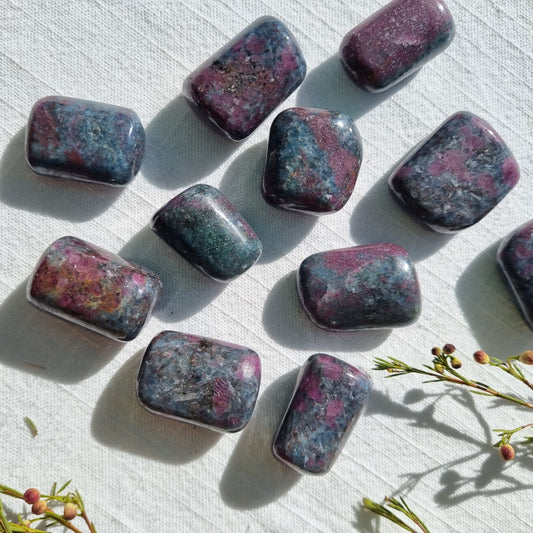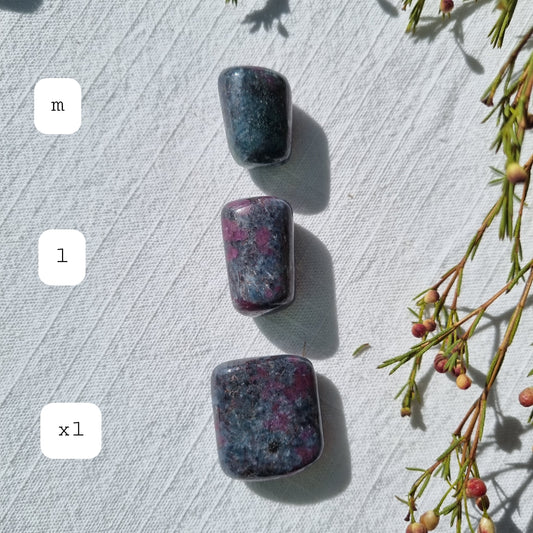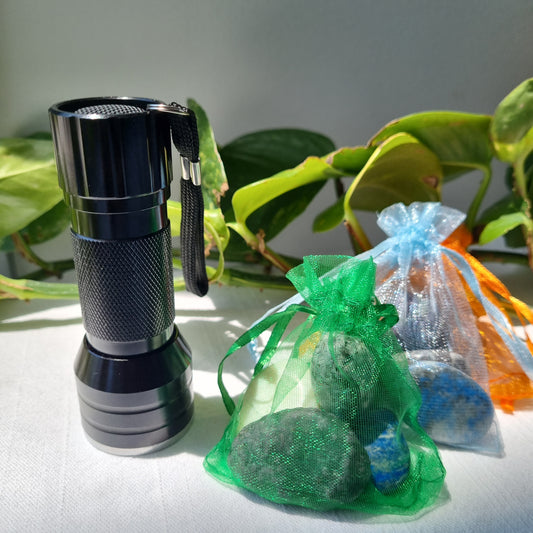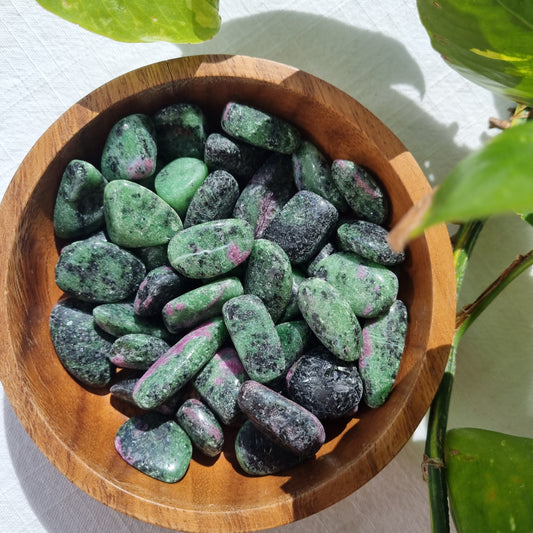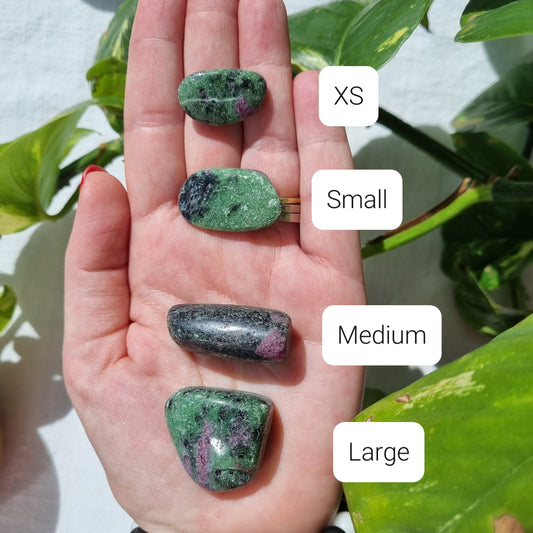Collection: UV Reactive Minerals
UV-reactive minerals are a fascinating group of minerals that have the ability to fluoresce or phosphoresce under ultraviolet (UV) light. This phenomenon occurs because certain minerals contain trace elements or impurities that can absorb UV radiation and re-emit it as visible light. UV-reactive minerals are popular among collectors, geologists, and mineral enthusiasts due to their vibrant and often striking colors when exposed to UV light.
There are two main types of UV-reactive minerals:
-
Fluorescent minerals: These minerals emit visible light while the UV light is being shone on them, and they stop glowing as soon as the UV light source is removed. The emitted colours can vary widely, and they often include bright greens, reds, blues, and oranges.
-
Phosphorescent minerals: Phosphorescent minerals continue to glow for a short period after the UV light is turned off. This afterglow is caused by the slow release of stored energy within the mineral structure. The colors observed in phosphorescent minerals can be quite captivating and are often seen in hues like green, blue, and pink. For example, some varieties of calcite and apatite can exhibit phosphorescence.
To observe the fluorescence or phosphorescence of these minerals, you'll need a UV light source, such as a UV torch or black light. A UV torch emitting light at a specific wavelength of around 395nm is often used for this purpose. UV torches are designed to produce UV light in the near-ultraviolet range, which is ideal for stimulating the fluorescence or phosphorescence of minerals. The 395nm wavelength is within the UV-A spectrum and is commonly used for mineral collecting and in various applications like counterfeit bill detection, art restoration, and forensics.
When using a 395nm UV torch to view UV-reactive minerals, it's important to do so in a darkened room or environment to maximize the visual impact. The minerals will appear to "glow" in various colors, creating a captivating and otherworldly display. These UV lights are valuable tools for both enthusiasts and scientists to better understand and appreciate the beauty and properties of UV-reactive minerals.
-
Ruby Kyanite Tumble
Regular price From $4.00 AUDRegular priceUnit price / per -
UV Torch - 395nm with BONUS UV reactive crystals
Regular price $18.00 AUDRegular priceUnit price / per -
Ruby Zoisite Tumble - India - B Grade
Regular price From $1.00 AUDRegular priceUnit price / per -
Yooperlite Tumbles - UV reactive
Regular price From $1.00 AUDRegular priceUnit price / per -
Ruby Zoisite Obelisk - Madagascar
Regular price From $8.70 AUDRegular priceUnit price / per
